Pink Billy Buttons
$5.99
Gomphrena Canescens
- Seed Count 50
- Australian Native Wildflower
- Annual or Perennial
In stock
Description
Gomphrena Canescens, often known as Pink Billy Buttons or Rosy Everlasting, is a little powerhouse that deserves a spot in any native garden. A hardy perennial, native to NT, QLD and WA, this plant thrives where others falter—think sandy soils, rocky outcrops, or those dry, open patches where summer heat lingers. Its tenacity making it a favourite among gardeners who appreciate plants that work smarter, not harder.
Visually, Pink Billy Buttons is a study in subtle beauty. Silvery-green foliage forms a low, spreading mat, offering a soft contrast to its lovely globe shaped bright pink flowers . From spring through autumn, these compact, papery blooms emerge in clusters, their rosy-pink to lavender hues glowing like miniature lanterns. The flowers dry naturally on the stem, retaining their colour long after picking—a nod to its “Everlasting” moniker.
Ecologically, this plant is a team player. Bees, butterflies, and nectar-seeking insects flock to its blooms, making it a cornerstone for wildlife-friendly gardens. Whether planted en masse in a cottage-style border, tucked into rockeries, making a statement in a container or stabilising slopes, it brings an understated elegance.
Growing Conditions
Climate:
- Native to tropical and subtropical regions of northern Australia but adaptable to temperate zones.
- Thrives in temperatures between 3°C–38°C and tolerates humidity.
- Perennial in tropical climates (QLD, NT, northern WA) but grown as an annual in cooler regions (e.g., VIC, NSW).
Soil:
- Requires well-draining soil (sandy, loamy, or clay) with a pH of 6.5–7.5.
- Avoid waterlogged conditions.
- Enrich soil with compost before planting.
Sunlight:
- Full sun (6 hours daily) is essential for prolific flowering.
Water:
- Moderate watering during establishment.
- Mature plants are drought tolerant but perform best with occasional deep watering in dry spells.
Sowing from Seed
Timing:
- Sow in spring or early summer when daytime temperatures consistently exceed 20°C.
- In tropical areas, autumn sowing is also possible.
Method:
Seed Starting Mix:
- Use a well-draining seed mix blended with perlite or sand.
- Sowing Depth: Lightly press seeds 3mm below the surface.
Germination:
- Keep soil moist but not soggy.
- Germination takes 14–21 days at 20–25°C.
Transplanting:
- Move seedlings to the garden when they reach 5cm tall, spacing 20–30cm apart.
Direct Sowing:
- Scatter seeds in prepared beds and thin seedlings later.
- Ideal for mass plantings.
Care & Maintenance
Feeding:
- Apply a liquid fertiliser every 1–2 weeks during flowering to boost blooms.
Pruning:
- Tip prune young plants to encourage bushier growth.
- Deadhead spent flowers to prolong blooming.
Pest Management:
- Rarely affected by pests but watch for aphids and spider mites.
- Control naturally with companion plants like basil or marigolds.
Overwintering:
- In frost free zones, cut back plants post flowering to encourage regrowth.
- In colder regions, treat as an annual.
Companion Planting Guide
Best Companions:
- Marigolds (*Tagetes*): Repel nematodes and aphids; bright blooms attract pollinators.
- Zinnias: Share similar sun/soil needs; add contrasting colours and attract butterflies.
- Salvia: Drought tolerant and upright, providing vertical contrast.
- Cosmos: Airy foliage complements Gomphrena’s globe flowers; attracts bees.
- Basil: Deters pests and offers culinary use; lush foliage contrasts with Gomphrena’s texture.
- Australian Natives: Sturt’s Desert Pea thrives in similar dry conditions. Eucalyptus provides light shade and habitat for beneficial insects.
Plants to Avoid:
- Nightshades (tomatoes, potatoes): Risk of disease transmission.
- Aggressive Annuals (e.g., petunias): Compete for nutrients and space.
Harvesting & Uses
Cut Flowers:
- Harvest blooms when fully open.
- For drying, hang bunches upside down in a ventilated, dark space.
Culinary/Medicinal:
- Flower buds are edible and used in teas or as garnishes.
Troubleshooting
Poor Germination:
- Ensure soil warmth (>20°C) and avoid overwatering.
Leggy Growth:
- Provide more sunlight or prune for denser habit.
Powdery Mildew:
- Improve air circulation and avoid overhead watering.
Postage Charge
Orders under $30 attract a $4.50 shipping charge. Orders $30 and above have free shipping.
Order Times
Seed orders are normally dispatched within three business days. You will receive an email when seeds are mailed out.
Postage Days
Seeds are mailed out Monday to Friday at 1pm. Except for the Friday of long weekends.
Postage Times
WA 2-3 Days: SA,NT 3-5 Days: NSW, ACT, QLD, VIC: 5-7 Days
Carrier
We use Australia Post Letter Postage for the majority of orders
Not only are our seeds packed in recycled paper envelopes, we keep the theme going when we post out website orders. To protect your seeds from moisture and the letter box munchers (snails), we use a very special plastic free material made from plants. They are then put into recycled mailing envelopes. Green all the way 💚🌿

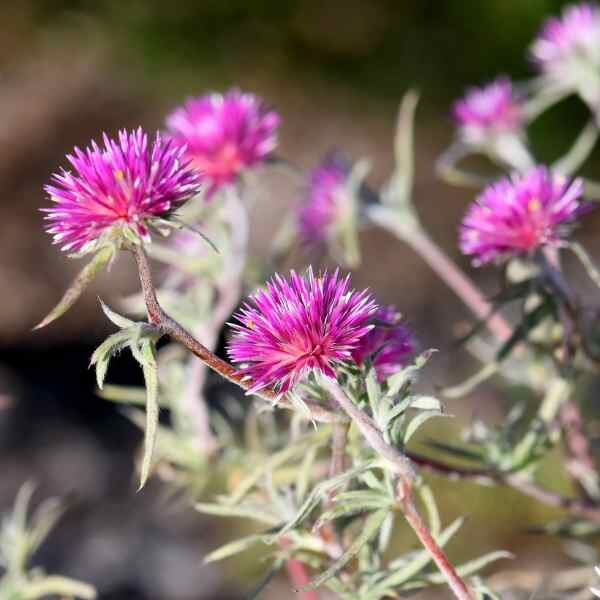





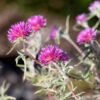
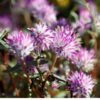

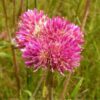
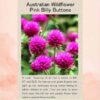

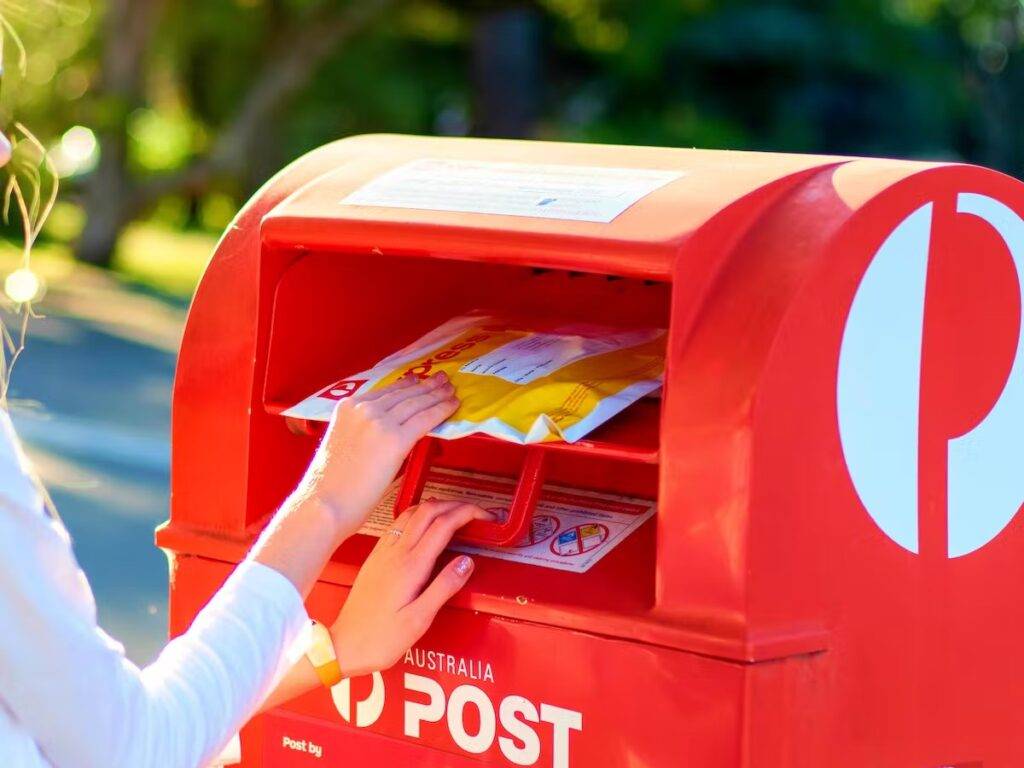



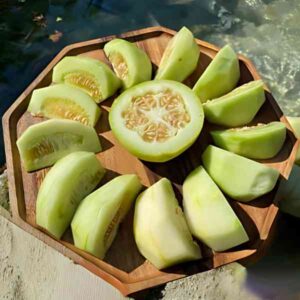
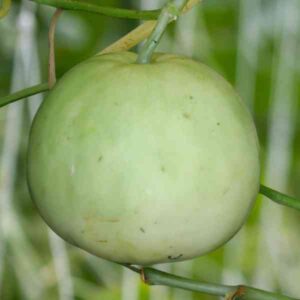

Reviews
There are no reviews yet